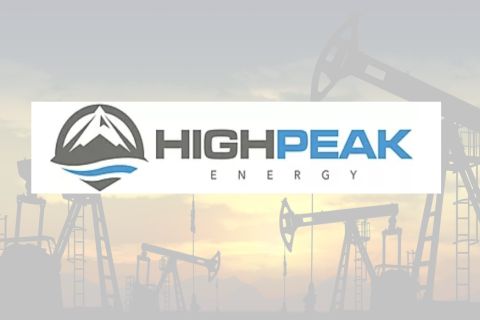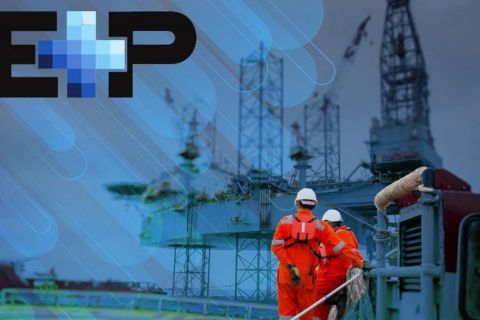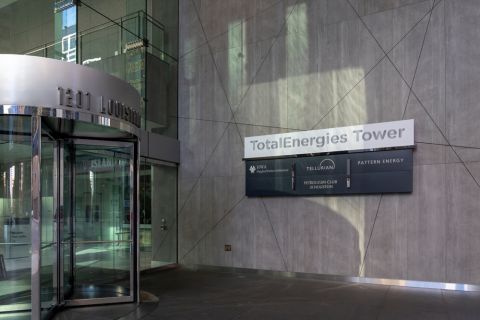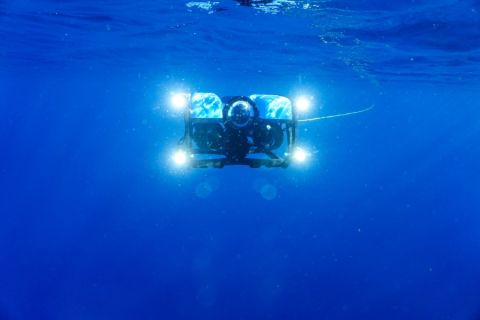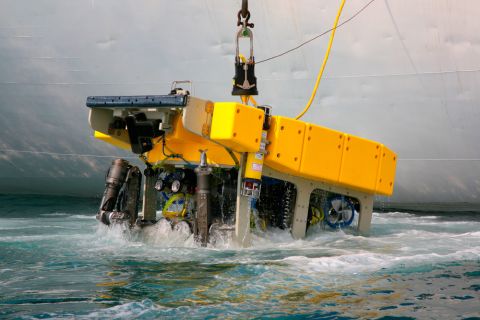With water taking on a more critical role in unconventional oil and gas, the need to properly manage and recycle produced water has taken on greater importance. Until now, produced water management has focused on the logistics of moving, storing, disposing of and treating produced water. As critical as these aspects have been, they are missing a key component to a successful produced water management program: identifying and managing water quality objectives throughout the produced water cycle—from the wellhead to its reuse.
Produced water quality and quantity can vary from well to well. Combine this with the fact that produced water quality can also change over time, and there is a dilemma of multiple produced water quality variables in continuous flux. Periodic sampling can often be misleading as current data can be inconsistent with the changing water quality variables in the field. The delay between sample collection, shipping and analysis can sometimes be too long, leading to the need for real-time testing.

FIGURE 1. Bacteria levels vary during a fracturing job. (Source: Hydrozonix)
KCl equivalency
In general, fluctuating produced water quality on slickwater fractures is less likely to create significant problems, but the use of produced water as a clay stabilizer highlights the need to know changes in produced water quality to identify a specific potassium chloride (KCl) equivalency for the produced water. In this case, even during slickwater fractures the need to collect and manage real-time data is critical to ensuring a specific KCl equivalency (Table 1).
To maintain a specific KCl equivalency, real-time monitoring is needed to identify when to adjust blend ratios to keep the KCl equivalency within the range required. To do this, chloride levels are monitored, and the chloride partner is assumed to be equivalent to potassium. This assumption has been verified by performing fines migration testing.
Sampling days or weeks ahead of fracturing will not account for evaporation within pits, concentrating salinity of produced water or the changing water quality over time. Even salinity stratification within a pit adds to the variable nature of produced water, requiring a real-time solution.
It is not unusual when using produced water to achieve clay stabilization that ratios of fresh and produced water have to be adjusted during a fracture to maintain a specific KCl equivalency. This adjustment can’t be made without the real-time data to know when and how much of an adjustment needs to be made.

FIGURE 2. Figures 2, 3 and 4 show results from the real-time monitoring of a crosslink-gel fracture with a produced water blend. (Source: Hydrozonix)
Treatment efficacy
Another critical parameter that requires real-time monitoring is that of effectiveness of the treatment program. Because the nature of produced water varies, the changes in water quality need to be understood to determine whether these changes will influence the effectiveness of the treatment program. An example of this is the practice of using a continuous biocide dose rate during a hydraulic fracturing job. Monitoring of bacteria levels shows that these can fluctuate significantly during a fracturing job, and as a result it is highly unlikely that a continuous dose rate can address the full range of these fluctuations.
Figure 1 shows the variable nature of bacteria levels during a fracturing job. Real-time monitoring is required to adjust the bacterial disinfection to match the variable nature of bacteria levels.
Using an exceptionally high dose rate to address higher levels of bacteria can lead to an incompatibility when bacteria levels are low. When the bacterial disinfection program is based on oxidation, a higher dose rate can oxidize other additives that shouldn’t be oxidized—like friction reducers or gel in the case of gel fractures.
Bacteria can be monitored in real time using adenosine triphosphate (ATP). ATP is a molecule in and around the nucleoplasm and cytoplasm of every living cell. ATP calculations involve measurement of the light coming through its reaction with luciferase using an illuminometer. The light produced is equal to the amount of organisms in the sample measured.
ATP is useful because it detects both anaerobic and aerobic bacteria without being affected by medium conditions or compositions. Another thing that makes this process useful is its swiftness; ATP results are generated immediately. With ATP, adjustments can be made to the bacterial disinfection program to avoid creating incompatibilities with other additives by overdosing.

FIGURE 3.
When treating bacteria prior to the working tanks on a fracturing job, ATP can determine treatment effectiveness by monitoring the fluid in the working tanks. This technique makes it possible to add biocide in the blender only when ATP levels indicate an unacceptable level of bacteria is present in the working tanks. This technique verifies properly disinfected water before it goes downhole and allows the opportunity to make an adjustment when required.
Real-time testing
X-FRaC (Crosslink Gel Frac Recycling and Control) is a program developed by Hydrozonix to provide real-time testing of a variety of water quality parameters to allow the recycling of produced water on crosslink gel fractures. Because of the sensitivity to chlorides, boron and total dissolved solids, real-time testing can assure these parameters are monitored and controlled stage by stage during a hydraulic fracturing operation.
Changes in these parameters can negatively affect gel quality and as a result have made recycling produced water on crosslink gel fractures a risky scenario. X-FRaC eliminates this risk by providing real-time results prior to each stage and allowing adjustments in blend ratios to maintain the desired water quality required for a stable gel.
The X-FRaC program has been successfully employed on 15 crosslink gel fractures using produced water at recycle rates between 20% and 40%. Figures 2, 3 and 4 show the real-time monitoring used on a crosslink gel fracture with a produced water blend. The produced water source was agitated to provide a more consistent blend.

FIGURE 4.
Real time, real results
In an effort to maximize the amount of produced water used for recycling, Hydrozonix has turned to real-time testing to allow fast decision-making in the field. The data obtained through the X-FRaC program have helped operators ensure proper bacterial disinfection, provide consistent water quality and optimize produced water and freshwater blends for different purposes.
Many operators use produced water but use lower recycle rates to avoid the challenges of inconsistent produced water quality. Real-time testing allows operators to maximize their recycle rates, getting the greatest benefit possible from the recycling of produced water. Real-time testing allows the water management program to go from risk avoidance to risk management.
Recommended Reading
For Sale, Again: Oily Northern Midland’s HighPeak Energy
2024-03-08 - The E&P is looking to hitch a ride on heated, renewed Permian Basin M&A.
E&P Highlights: Feb. 26, 2024
2024-02-26 - Here’s a roundup of the latest E&P headlines, including interest in some projects changing hands and new contract awards.
TotalEnergies Acquires Eagle Ford Interest, Ups Texas NatGas Production
2024-04-08 - TotalEnergies’ 20% interest in the Eagle Ford’s Dorado Field will increase its natural gas production in Texas by 50 MMcf/d in 2024.
Chouest Acquires ROV Company ROVOP to Expand Subsea Capabilities
2024-05-02 - With the acquisition of ROVOP, Chouest will have a fleet of more than 100 ROVs.
SLB, OneSubsea, Subsea 7 Sign Collaboration Deal with Equinor
2024-05-02 - Work is expected to begin immediately on Equinor’s Wisting and Bay Du Nord projects.

